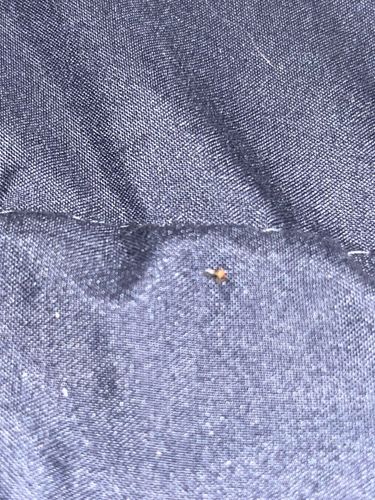Fruit Fly
Scientific Name: Drosophila melanogaster (common species, but other Drosophila species also exist)
Order & Family: Order: Diptera, Family: Drosophilidae
Size: Typically 2-4 mm (0.08-0.16 inches) long

Natural Habitat
Commonly found in kitchens, pantries, and anywhere ripe or fermenting fruits/vegetables are present. They are also found outdoors near compost piles, orchards, and vineyards.
Diet & Feeding
Liquid or semi-liquid fermented materials, particularly juices from ripe or decaying fruits and vegetables. They also feed on yeast found on these surfaces.
Behavior Patterns
Fruit flies are attracted to ripe and fermenting fruits and vegetables. They have a rapid lifecycle, completing a generation in about 7-14 days. Females can lay hundreds of eggs. They are often seen flying in small, erratic patterns around food sources.
Risks & Benefits
Potential risks include being a nuisance pest, contaminating food by laying eggs on it, and potentially transferring microorganisms from spoiled food to fresh food. Benefits are mostly in scientific research, as Drosophila melanogaster is a widely used model organism in genetics and developmental biology due to its short life cycle and ease of breeding.
Identified on: 8/18/2025